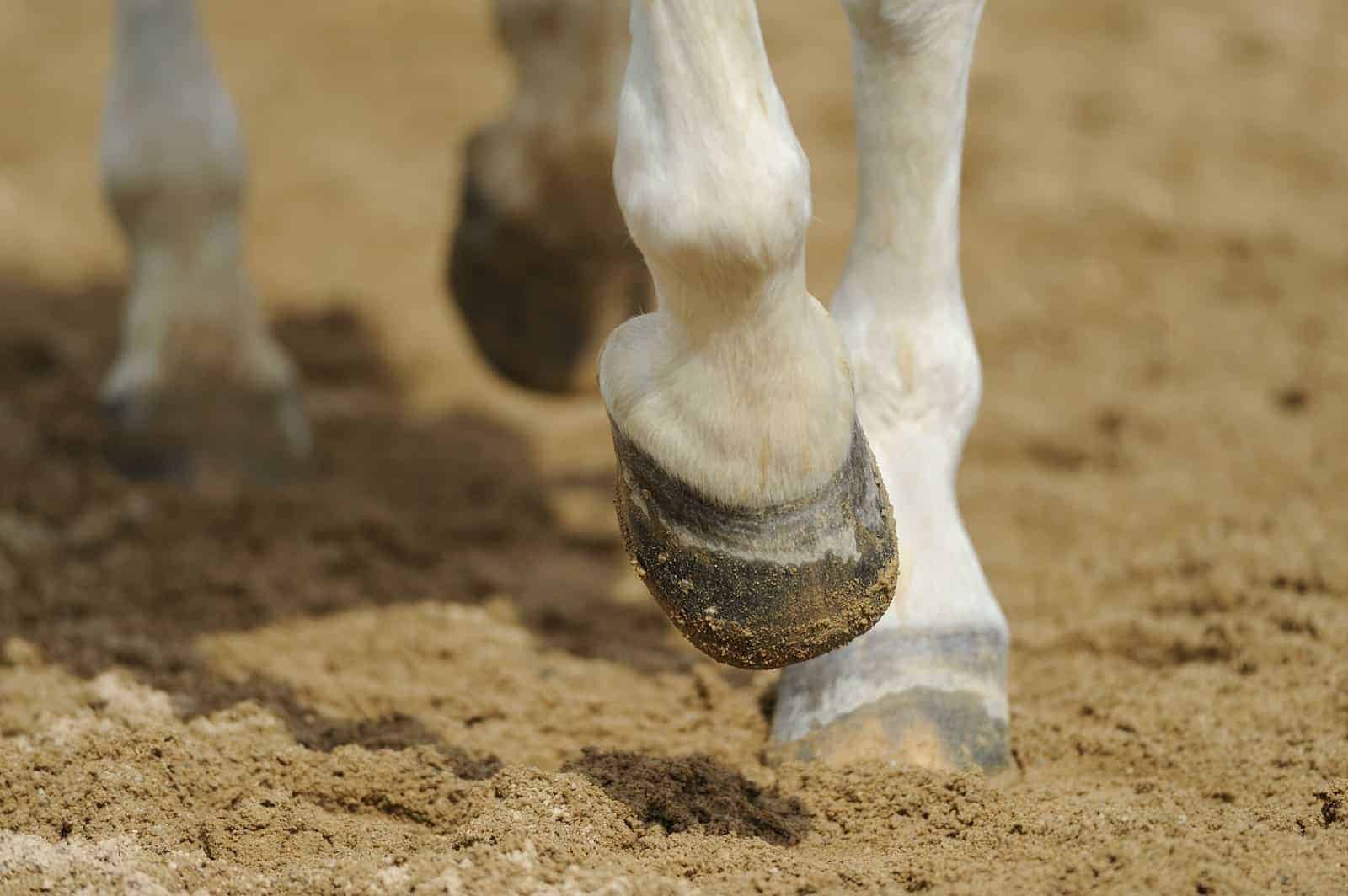How the Horse in Motion Relates to Trimming and Shoeing
Find out why understanding hoof biomechanics is important when making trimming and shoeing decisions for your horse.
Share
ADVERTISEMENT

A horse's stride or gait pattern can be impacted by changes in trimming or shoeing.| Photo: iStock
Farriers must understand biomechanics and the forces at work in a horse’s hooves to best make appropriate trimming and shoeing decisions.
During the 2017 International Hoof-Care Summit, held Jan. 24-27, in Cincinnati, Ohio, Jenny Hagen, PhD, professor and researcher at Leipzig University’s Institute of Veterinary Anatomy, in Germany, explained how farriers can help horses move better using trimming and shoeing techniques
Create a free account with TheHorse.com to view this content.
TheHorse.com is home to thousands of free articles about horse health care. In order to access some of our exclusive free content, you must be signed into TheHorse.com.
Start your free account today!
Already have an account?
and continue reading.
Share
Written by:
Sarah Evers Conrad
Sarah Evers Conrad has a bachelor’s of arts in journalism and equine science from Western Kentucky University. As a lifelong horse lover and equestrian, Conrad started her career at The Horse: Your Guide to Equine Health Care magazine. She has also worked for the United States Equestrian Federation as the managing editor of Equestrian magazine and director of e-communications and served as content manager/travel writer for a Caribbean travel agency. When she isn’t freelancing, Conrad spends her free time enjoying her family, reading, practicing photography, traveling, crocheting, and being around animals in her Lexington, Kentucky, home.
Related Articles
Stay on top of the most recent Horse Health news with












